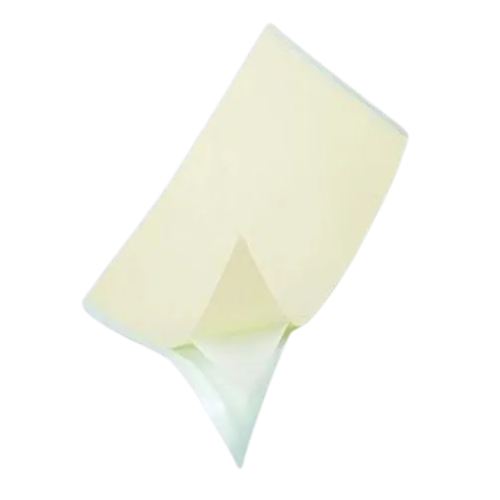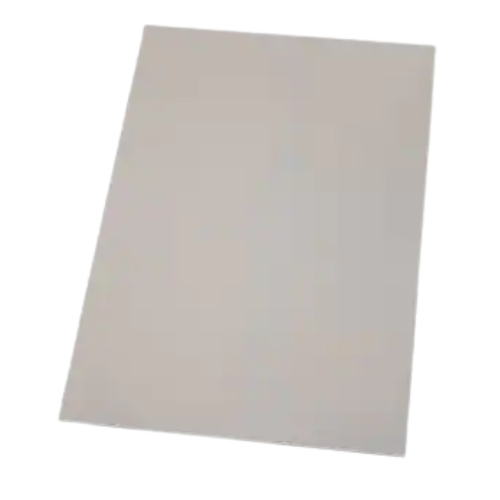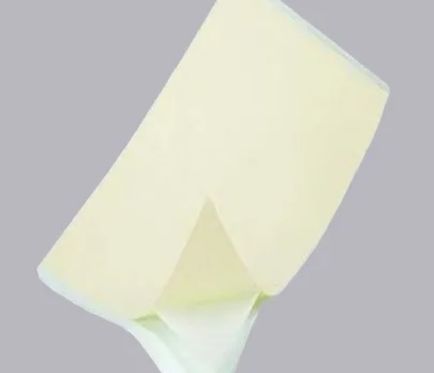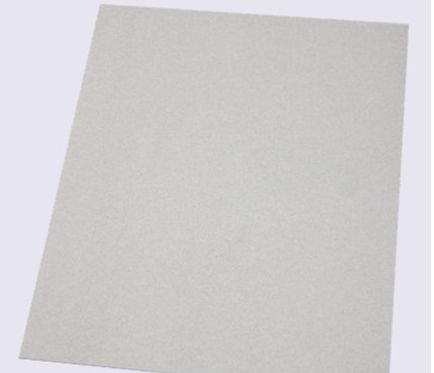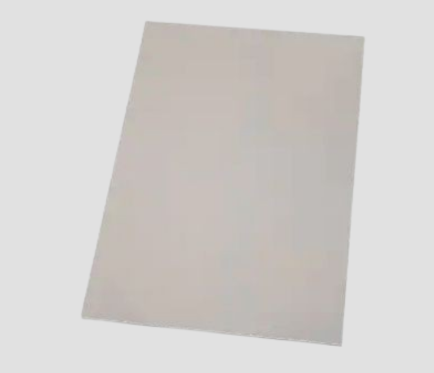Thermally conductive silicone pads have become an integral part of electronic devices. It is applied during the assembling process. It is used for creating a path for heat transfer. It is applied to the surroundings of the sensitive component, and it creates a path to lead the heat away from that area.
Modern electronic and electric devices are equipped with various heat-conducting additives. Modern devices require certain heat-dissipating solutions as they are compact and smaller. The smaller devices have heat-generating components stacked closer to each other, and due to the increased capacity, they work or process faster. This results in high heat generation.
Best Offer Available
If excessive heat is left unchecked, it becomes a major problem in some time. It can also lead to permanent damage to the device and can cause fire accidents. It is imperative to keep these devices cool to prevent damage.
As mentioned earlier, numerous thermally conductive pads or other materials can be used for this purpose. You can select the right type of material, and the choice will be dictated by the application and method of heat dissipation.
However, 3M thermally conductive silicone interface pad 5514 has created a special place for itself due to several reasons, which are listed below:
Shop Now
Advanced Benefits of 3M Thermally Conductive silicone Pads
Thermally conductive silicone interface pad 5514 is an effective and suitable method to transfer heat. It is used for heat removal between active thermal components and between the heat sinks.
It is a very soft and conformable thermally conductive silicone material. Its consistency offers physical strength and stability. It allows improved processing, and the 3M thermally conductive silicone interface pad 5514 can be customized. You can get it in alternative and prefabricated or die-cut form. It suits a broad array of applications for electronic designs.
Thermally conductive pads have advantages that are connected with their ability of heat conduction:
- Good thermal conductivity – 4.1 W/mK
- Fast and low-temperature cure
- Convenient 1:1 mix ratio by weight
- Retained softness after cure for enhanced stress relief during thermal cycling
- Excellent slump resistance (stays in place)
- Repairable
- Flame retardant:
- Certified UL94V-0
- Glass bead options available (180 & 250μm) for bond line thickness control
- Soft and conformable
- High-temperature tolerance
- High thermal conductivity
- Light tack allows for pre-assembly
- Outstanding compressive stress relaxation over the electronic device
- High-temperature resistance
- Good wettability for improved and lower thermal resistance
- Good dielectric properties
3M silicone interface pads provide excellent heat conduction. The heat durability is also very high. It can withstand heat up to 2000C. Most of the time, electronic devices have quite lesser temperatures to control.
It is a very cost-effective and excellent component for industrial use. It can also be used in tough and rugged operating conditions. It gets super soft as it gets activated by the heat. When it gets soft, it becomes highly conformable.
You will find several application areas for the thermally conductive pads. 3M silicone pads are in demand for EV batteries, other industrial applications, and high-temperature solutions.
Some applications require a certain type of thermally conductive material in a specific size.
- Integrated Circuit (IC) chip packaging heat conduction
- Heat sink interface
- Chip on Film or COF heat conduction
- LED board Thermal Interface Material
- HD TV IC chip
- General gap filling in electronic devices
How To Use Thermally Conductive Silicone Interface Pad 5514?
If the silicone pads are used appropriately, they can stay for a very long time without reworking. Before application, it is ideal for preparing the surface for installation. You start by cleaning and drying the surface for high thermal conductivity.
You can use cleaning agents such as isopropyl alcohol or isopropanol. Then clean it with a lint-free material. Lint-free fabric is advised because it removes dust and any residual of the cleaning agent. It also removes fingerprints to remove contamination, moisture, and grease.
The installation should be done in the optimal temperature range from 00 C to 400 C. The right temperature will ensure the best adhesion. Thermally conductive pads have extreme and extraordinary thermal conductivity. These also have quite powerful dielectric strength. The 3M thermally conductive pads can bond components that help heat dissipation.
How Thermally Conductive Pad Is Advantageous?
3M Thermally Conductive Pads come in a variety of conductivities. The range of gap-filling capacity and its softness are also quite impressive. It works on low assembled stress with a high degree of wet-out for effective heat transfer.
3M Thermally Conductive Silicone Interface Pad 5514 is conformable and can be easily die-cut into different shapes. It also has a tacky performance, and it works double-sided.
It provides a direct thermal solution that alleviates most concerns about overheating an electronic device. The concentrated heat buildup damages the device and electronic circuits. Moreover, heat-conductive silicone pads allow for the seamless transfer of heat from its production source to cooler areas where the heat can dissipate.
Conclusion
3M Thermally Conductive Silicone Interface Pads are in high demand. These can be used in electric vehicle batteries along with other parts. It removes the heat from the heat-generating components. You can also use this to create a heat path to transfer the accumulated heat from one area to another, protecting sensitive components.
The 3M silicone pads are also used as a gap filler and absorb most of the shock and vibration due to consistent action. It works very well in high-temperature applications. It can take the shape of the surface once activated with heat. These features make it possible to use in uneven shapes and surfaces.
You can also get it in multiple thicknesses as per your requirement. You can get it customized and die-cut to suit your device’s requirements. These pads are very soft silicone-based pad sheets that are customized beyond their standard thickness and size. The changes vary from device to device or per the requirement, making them useful in many applications.
Contact us at www.econtroldevices.com for more information regarding our thermally conductive silicone pads!


